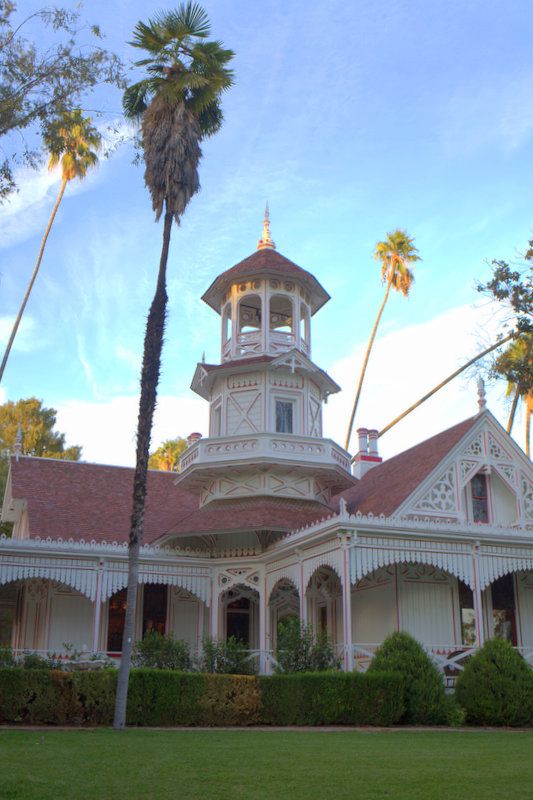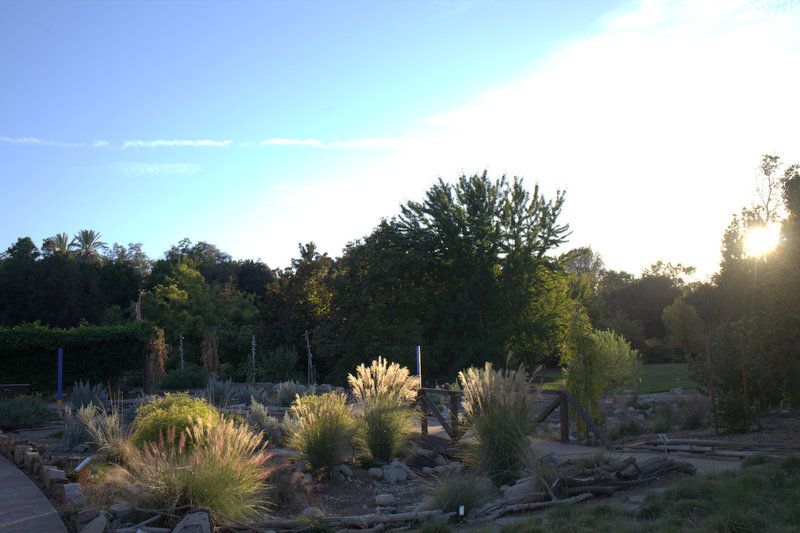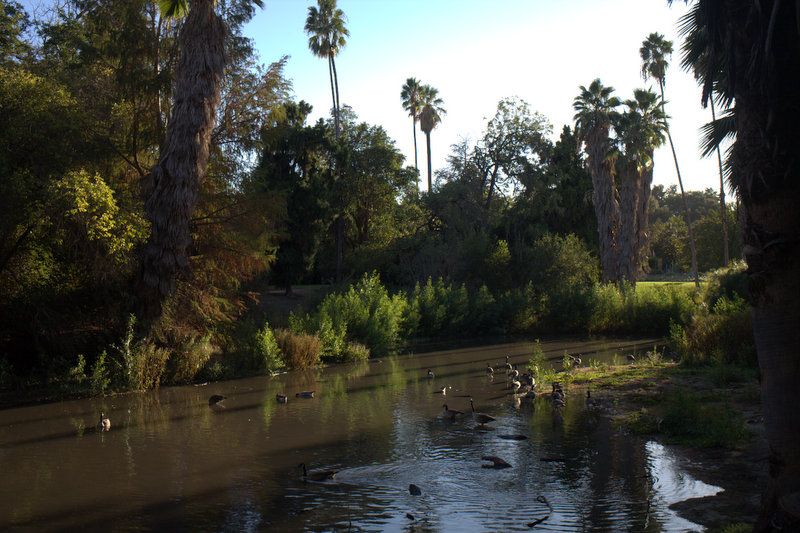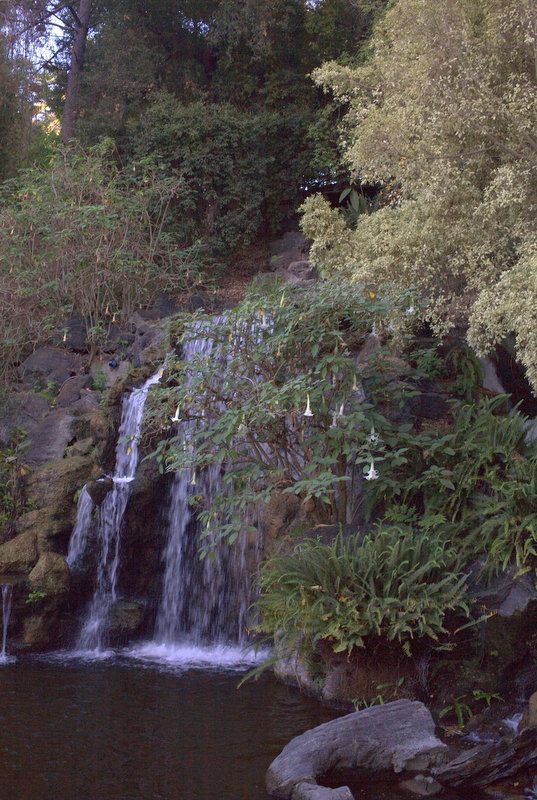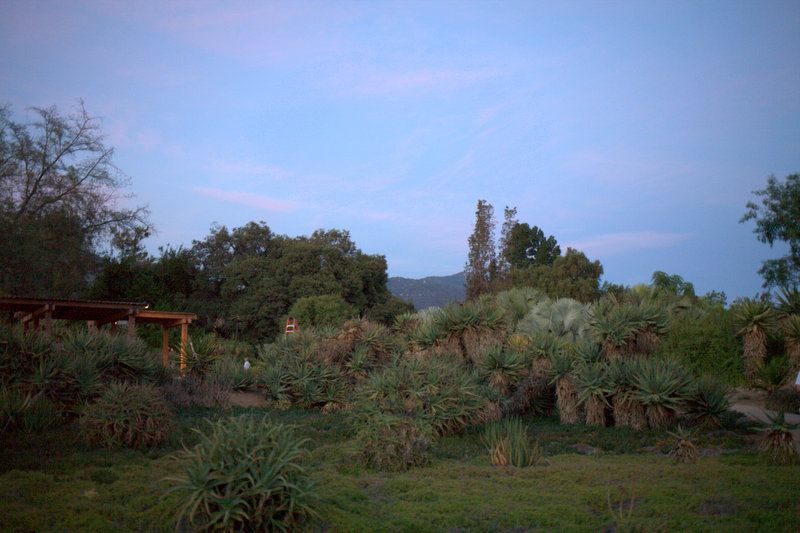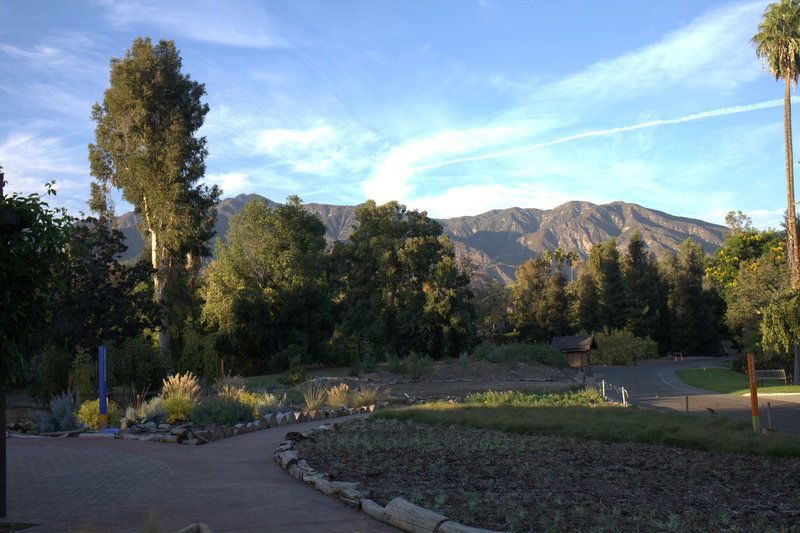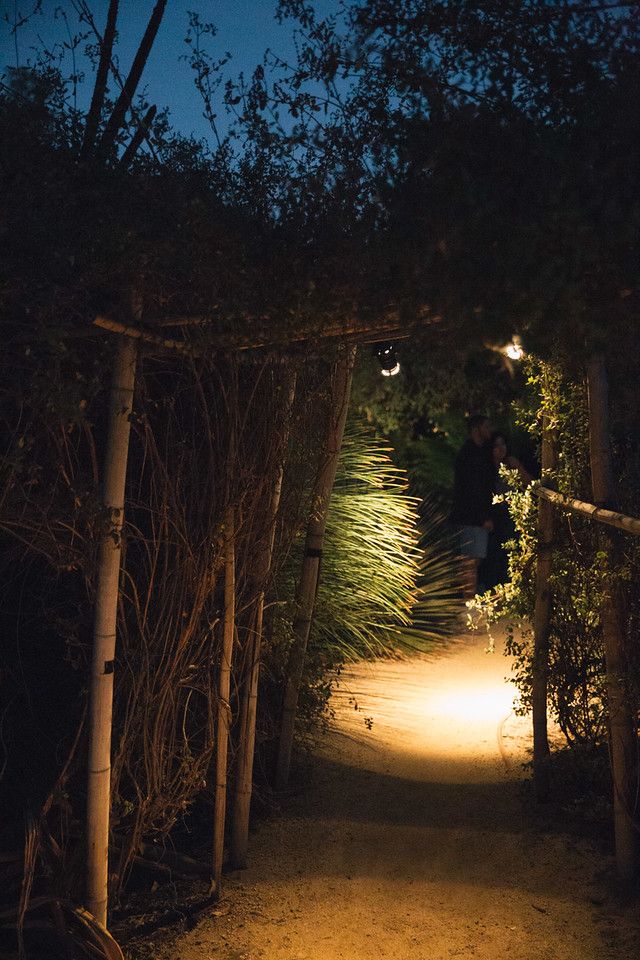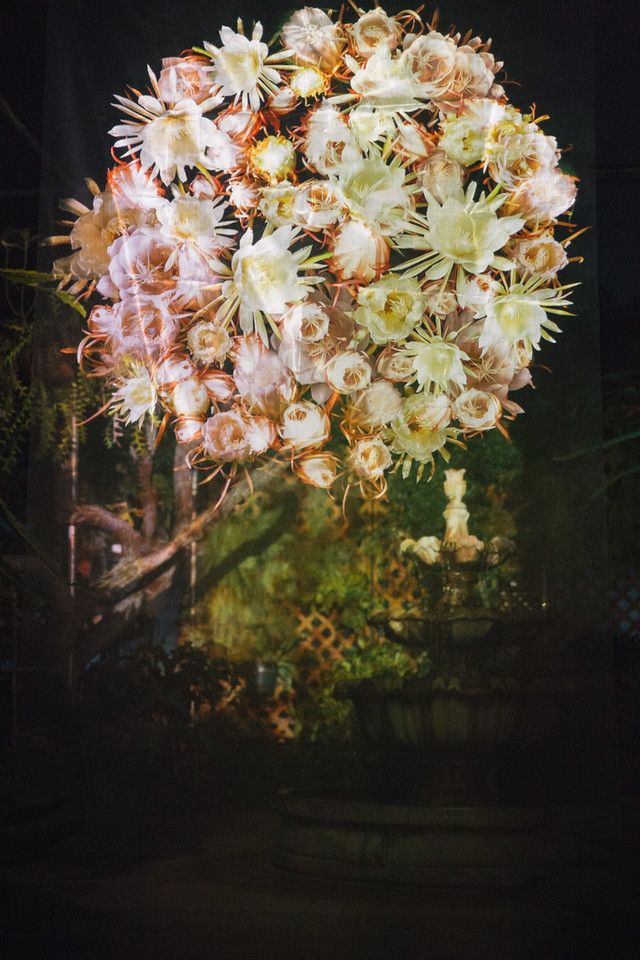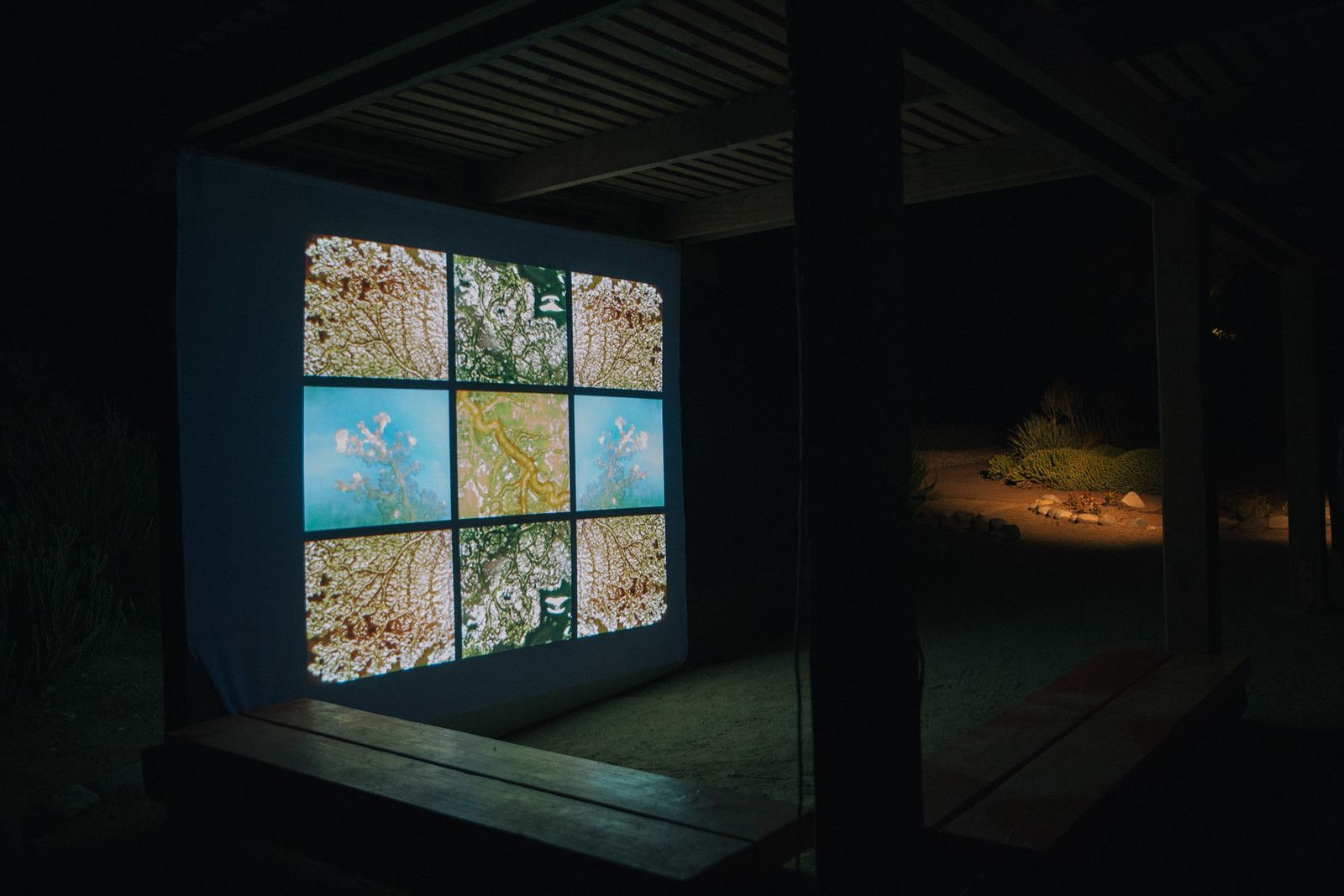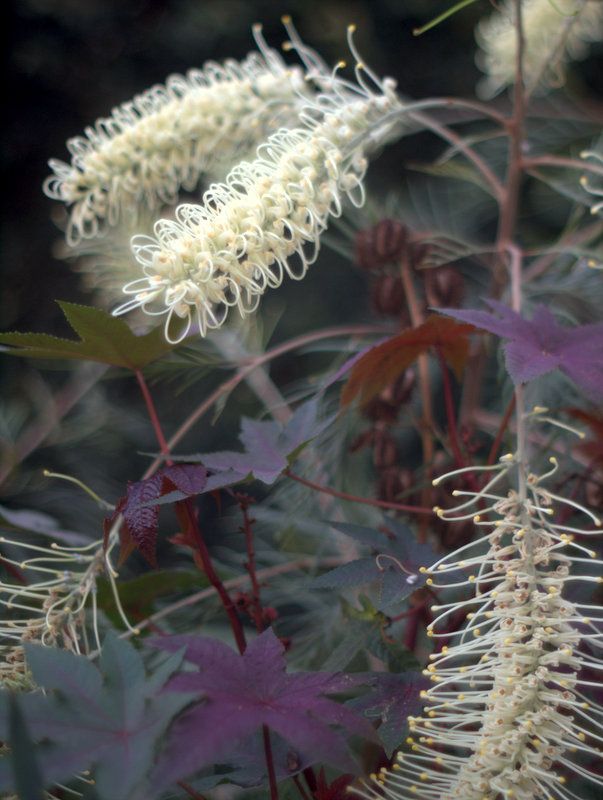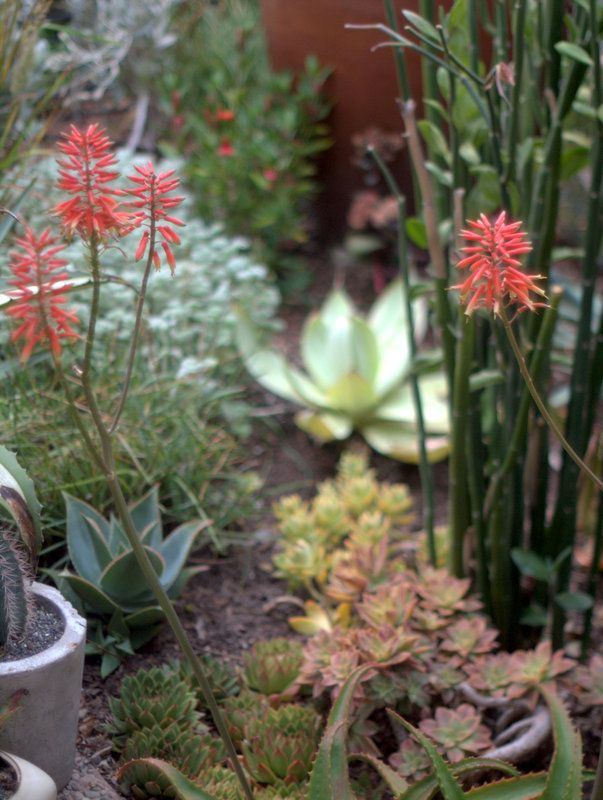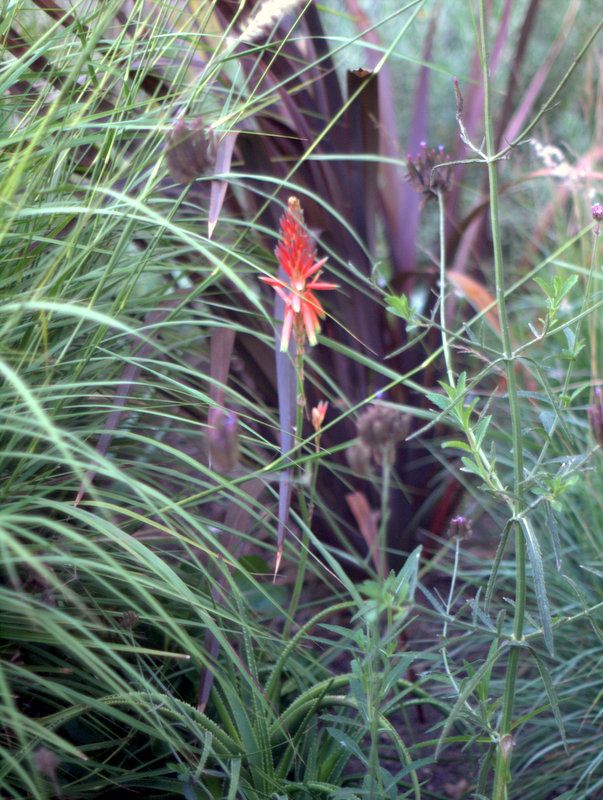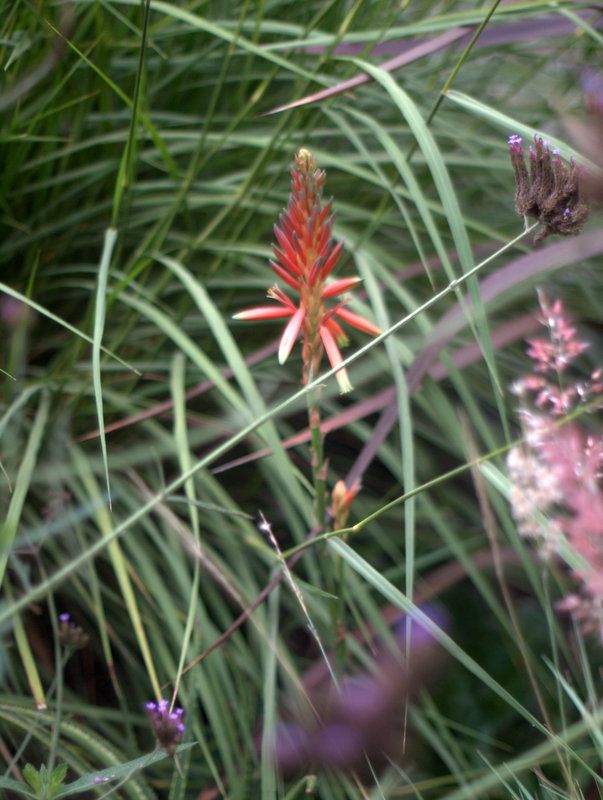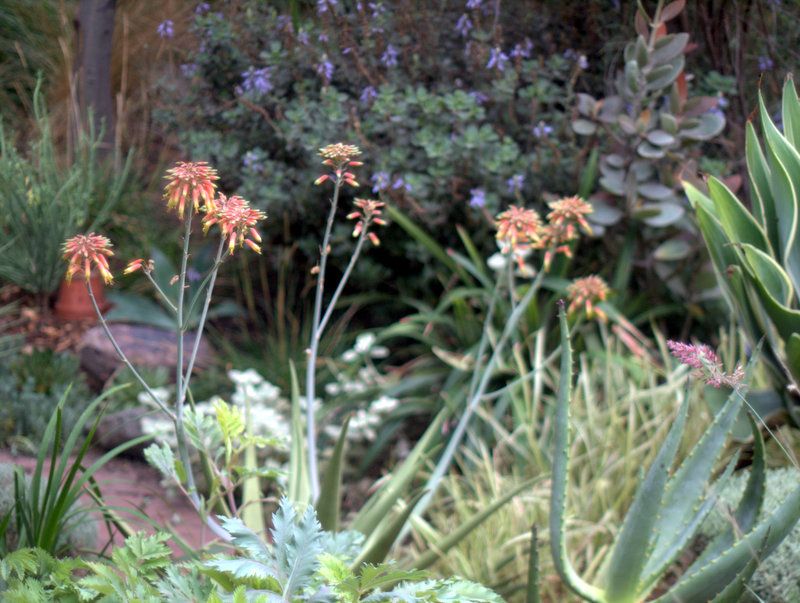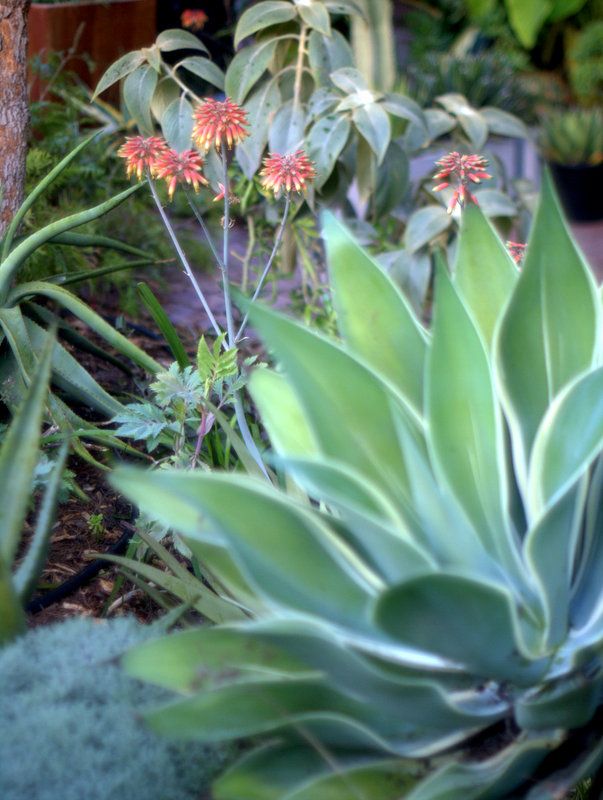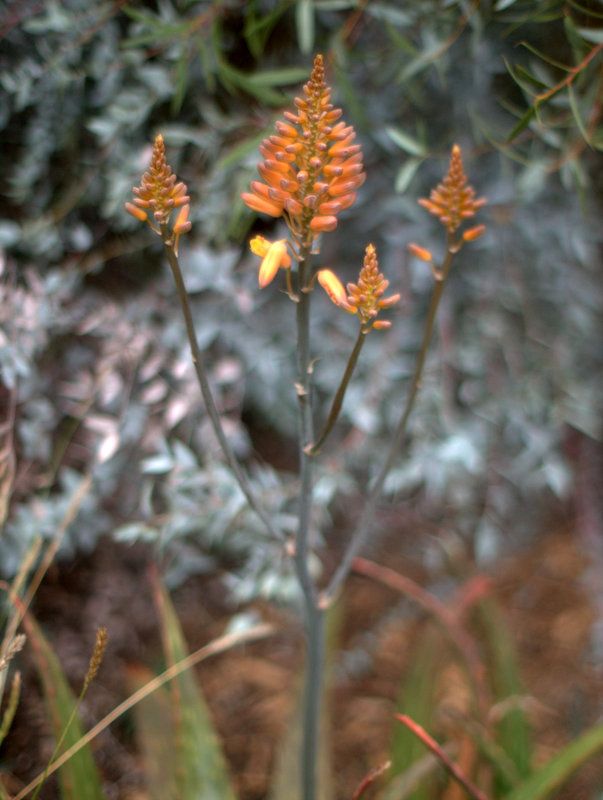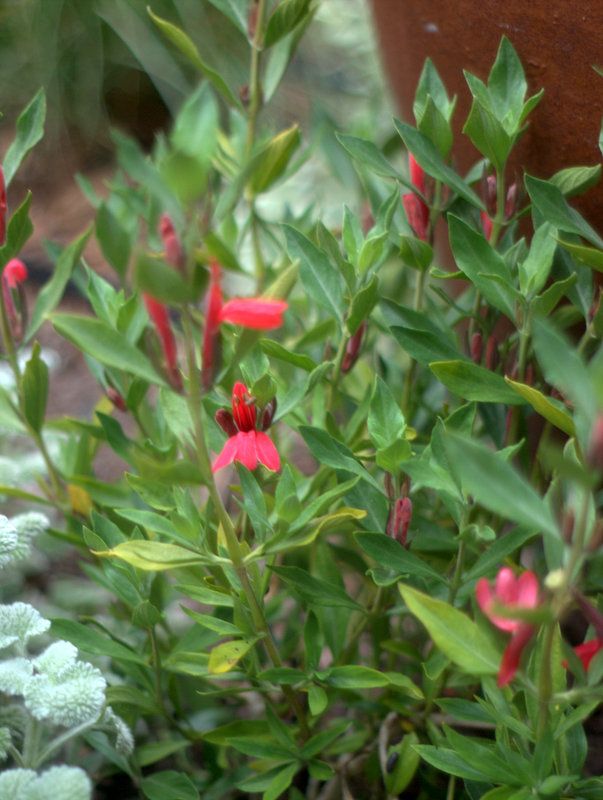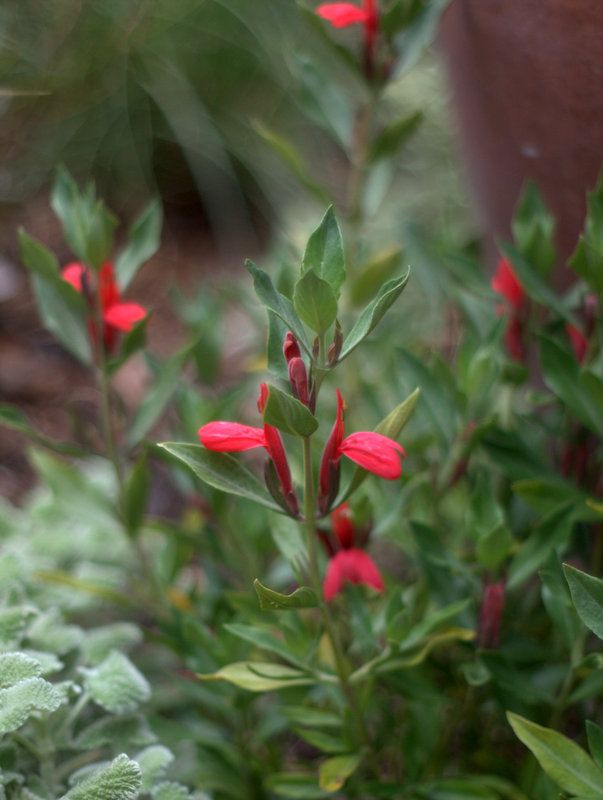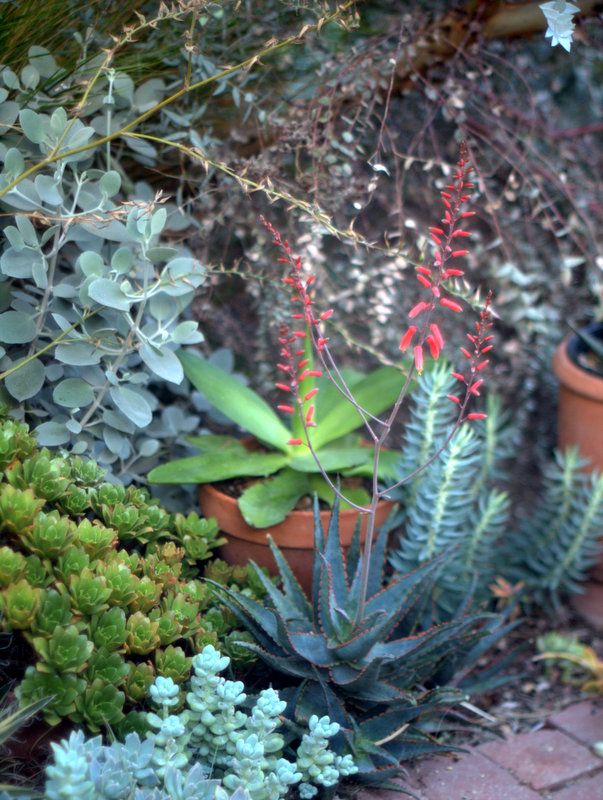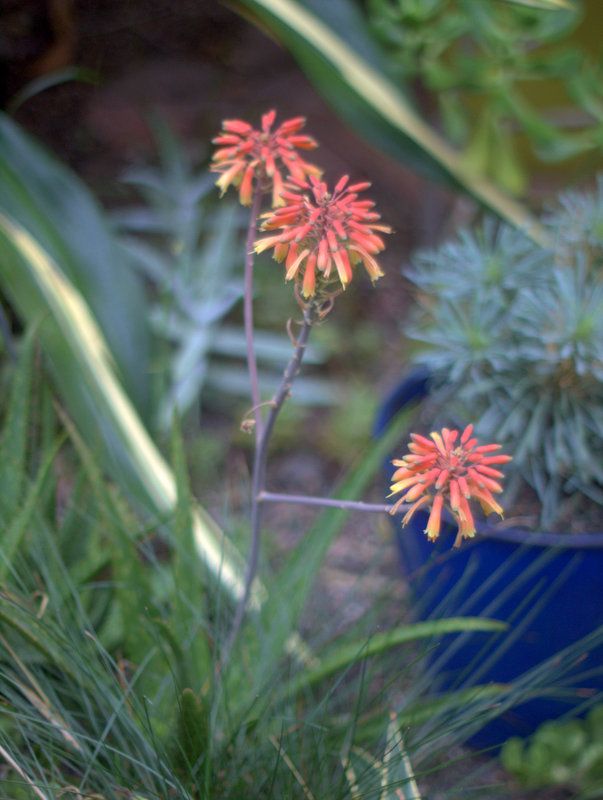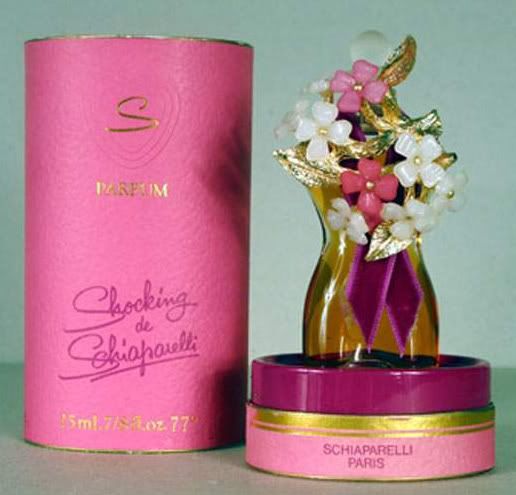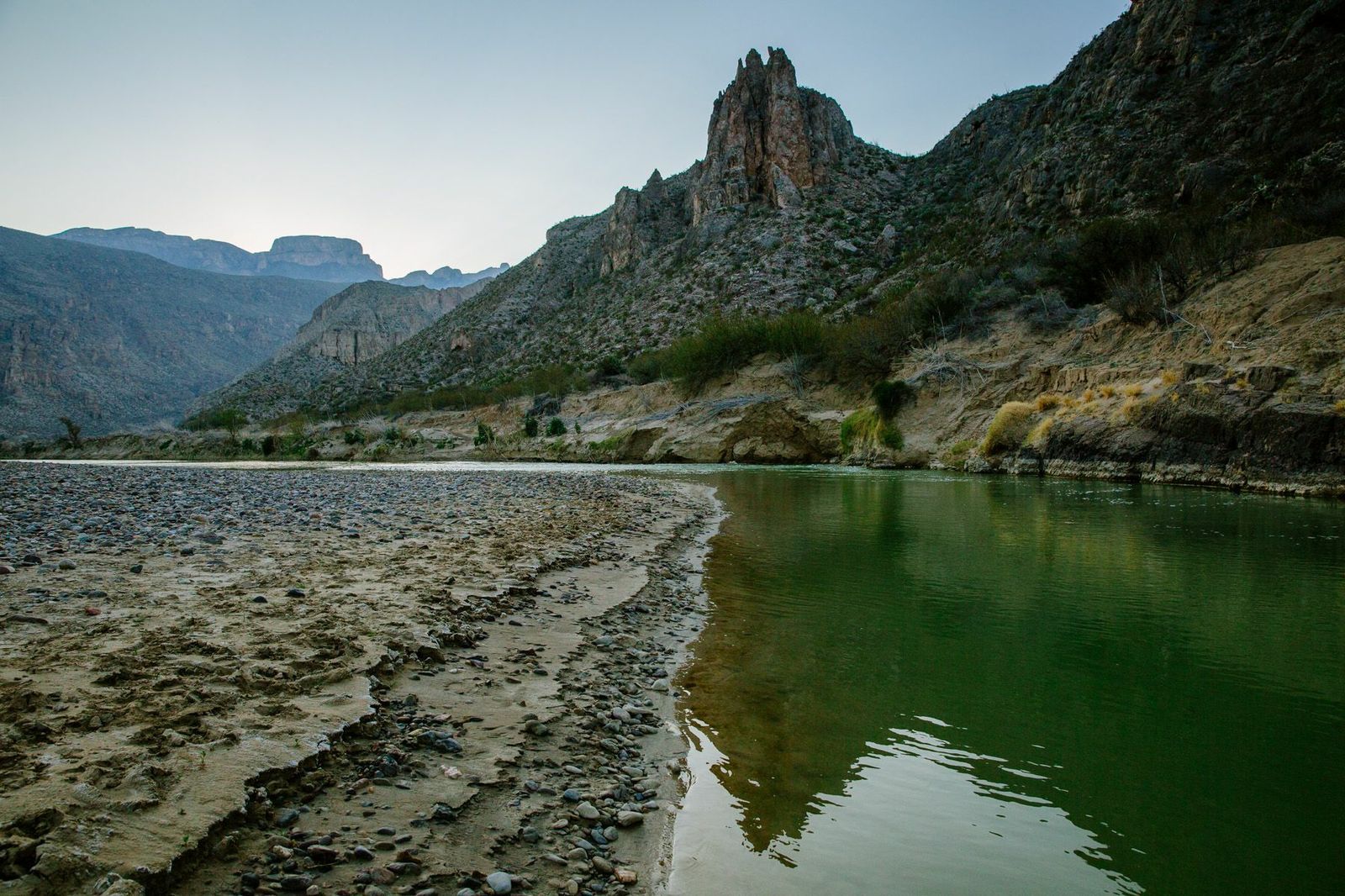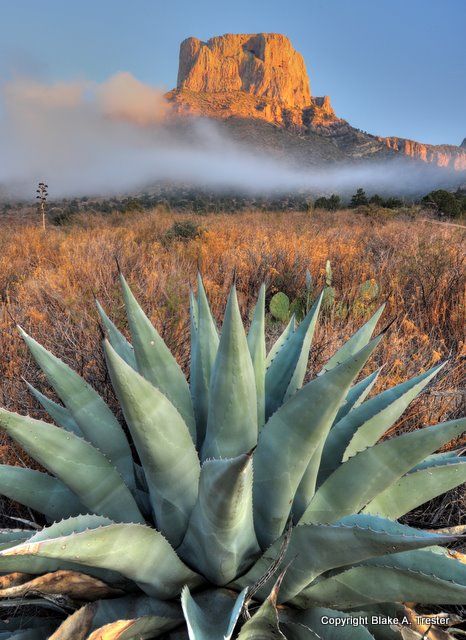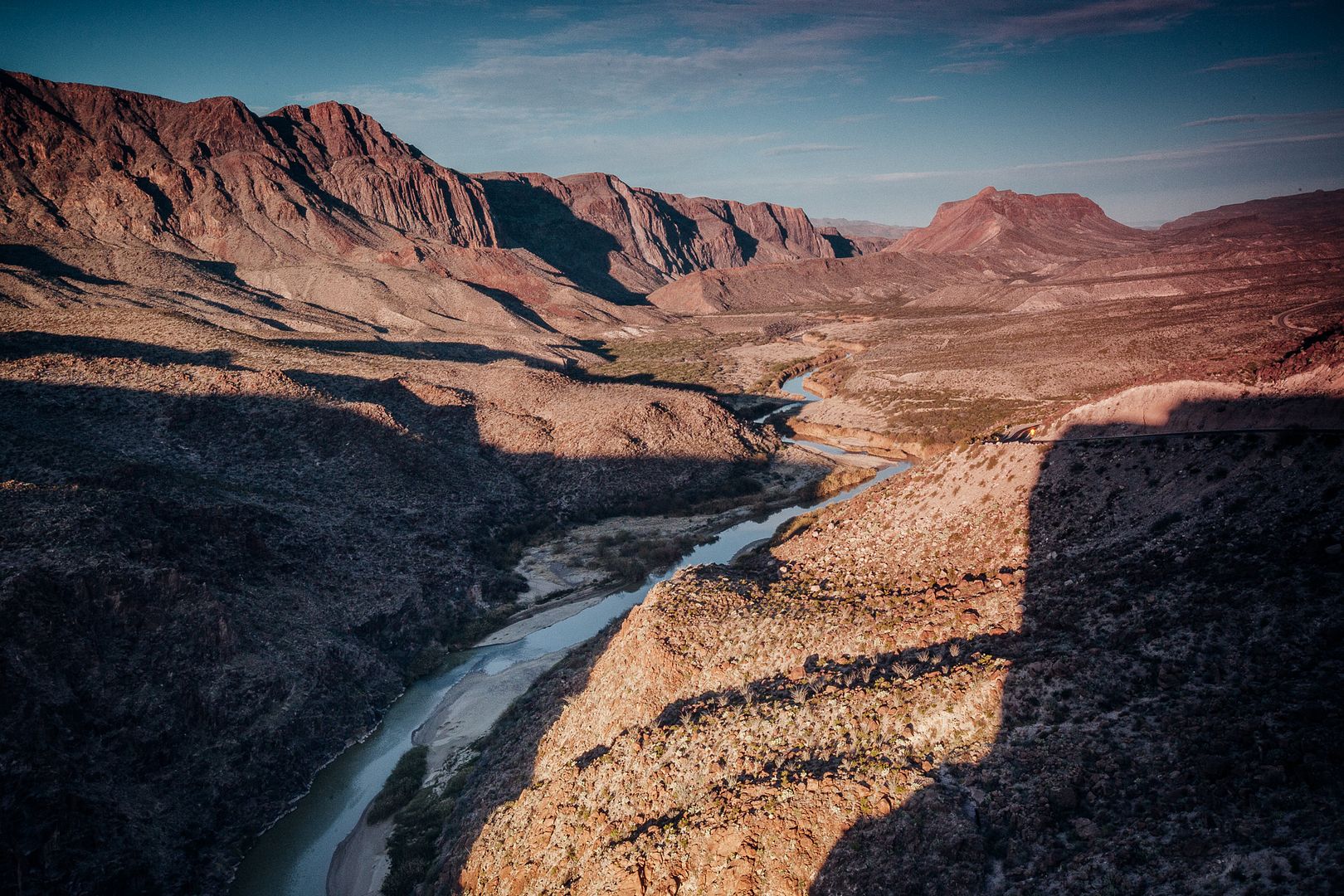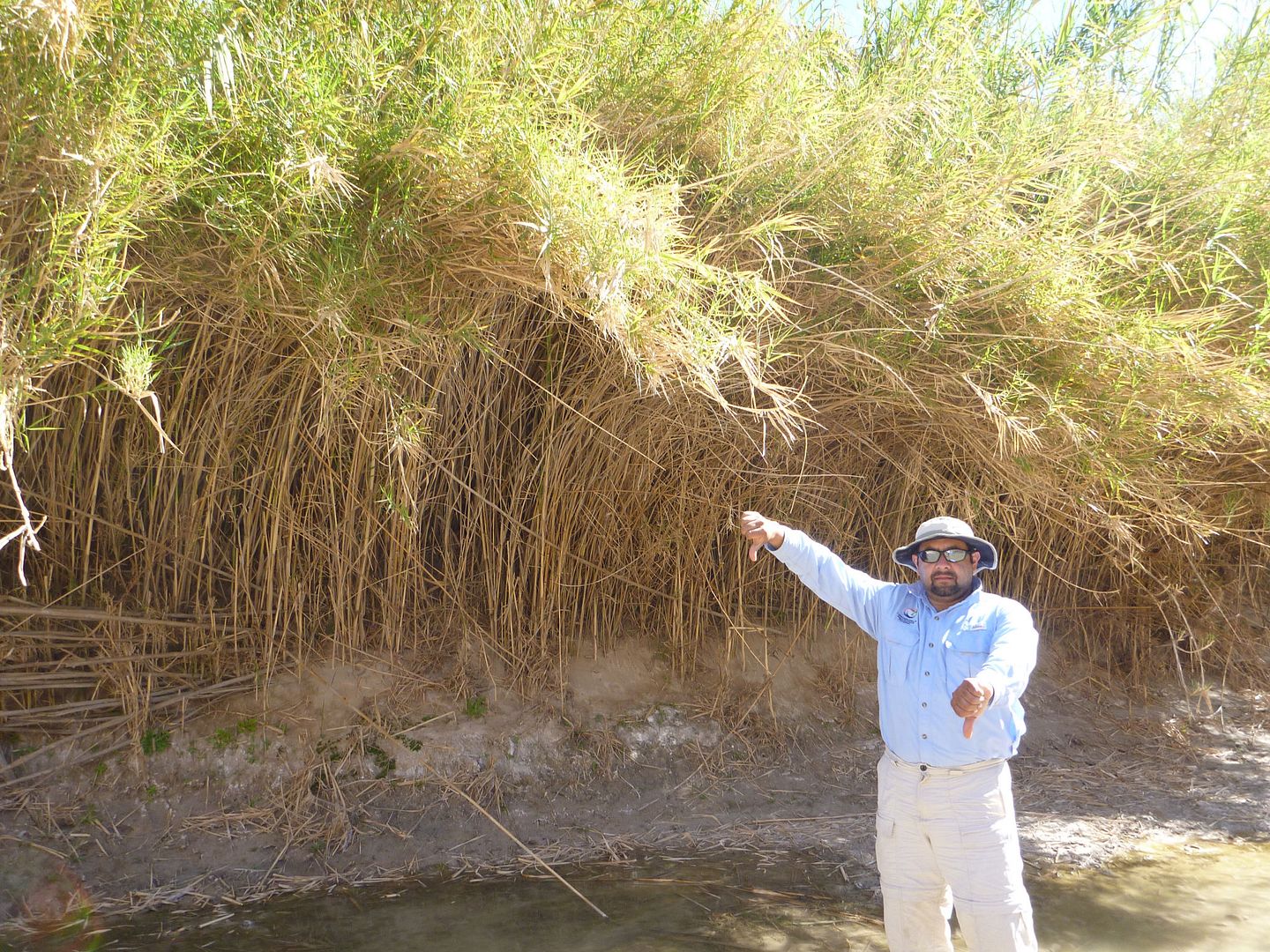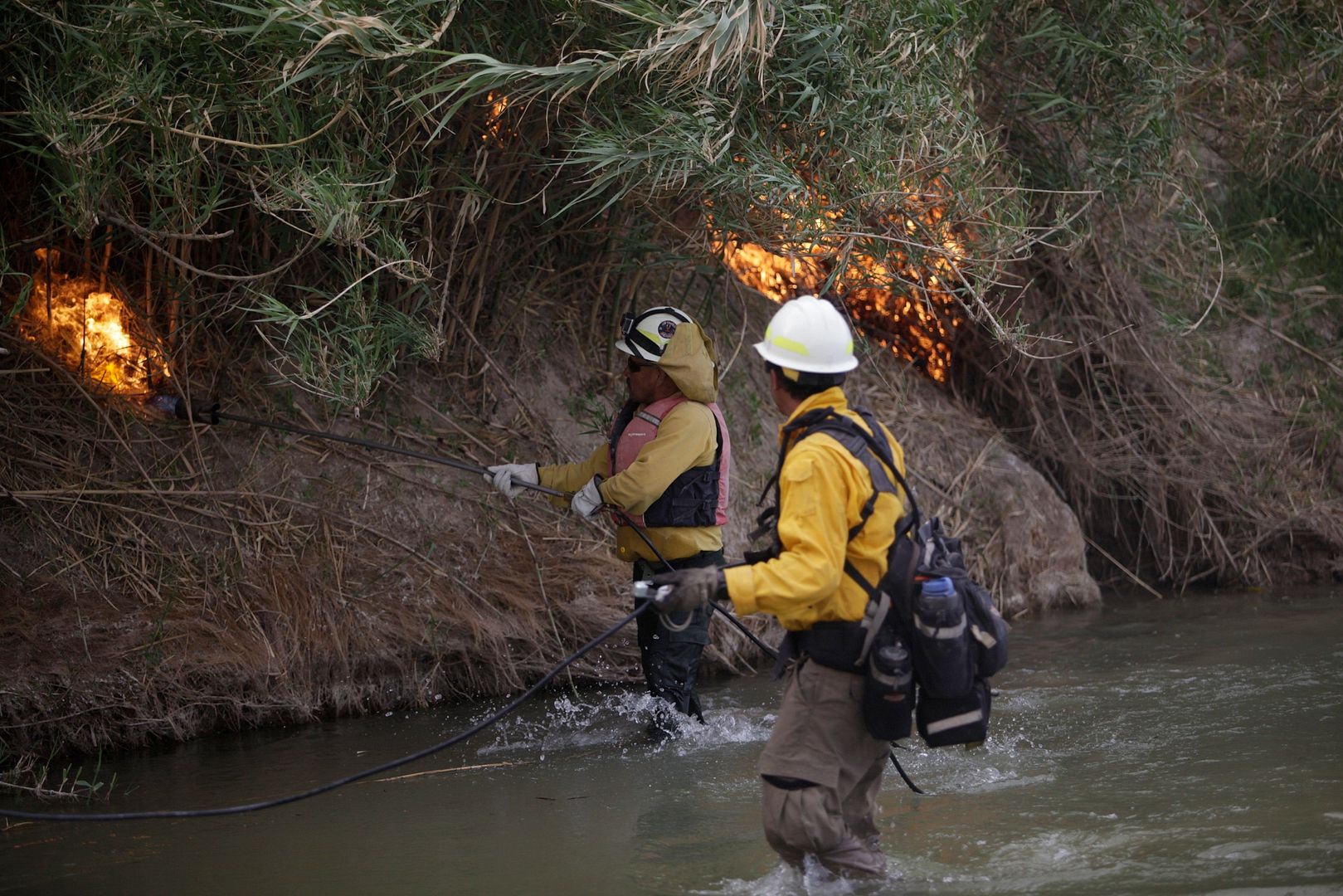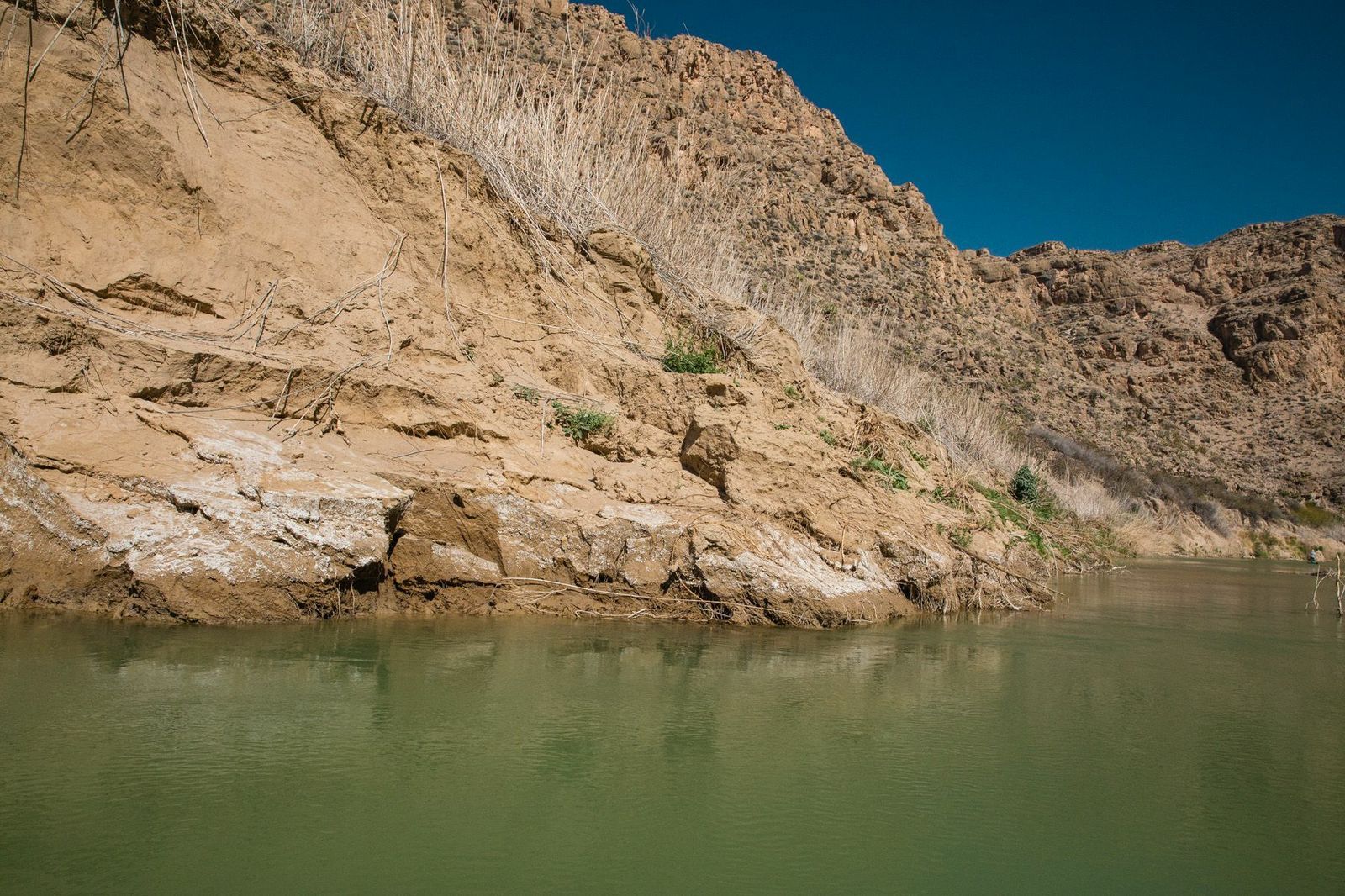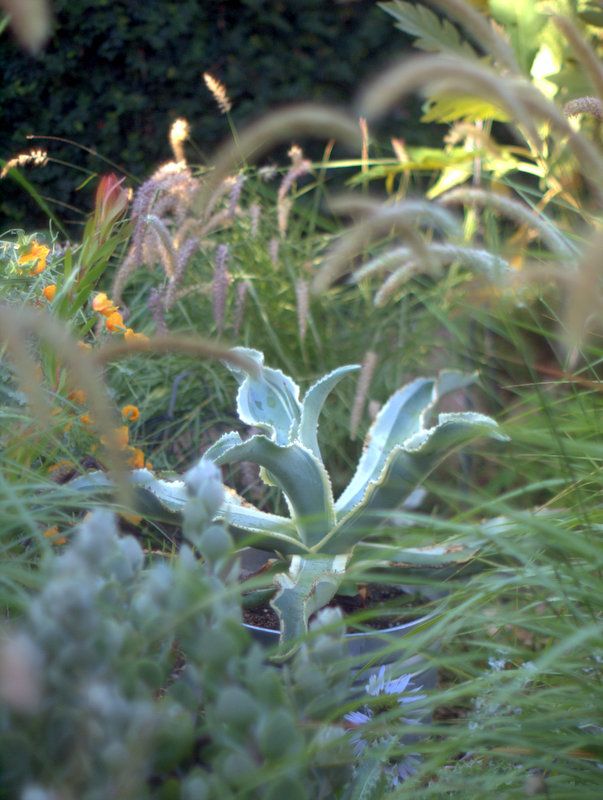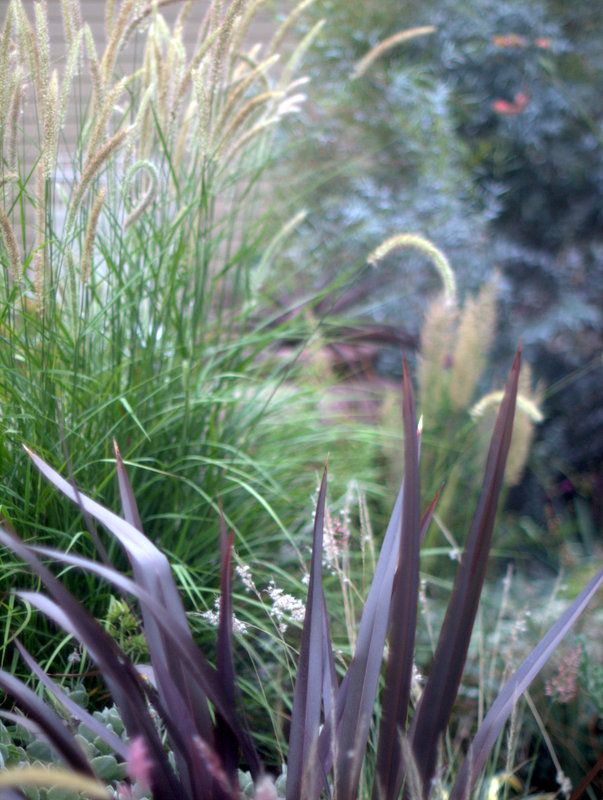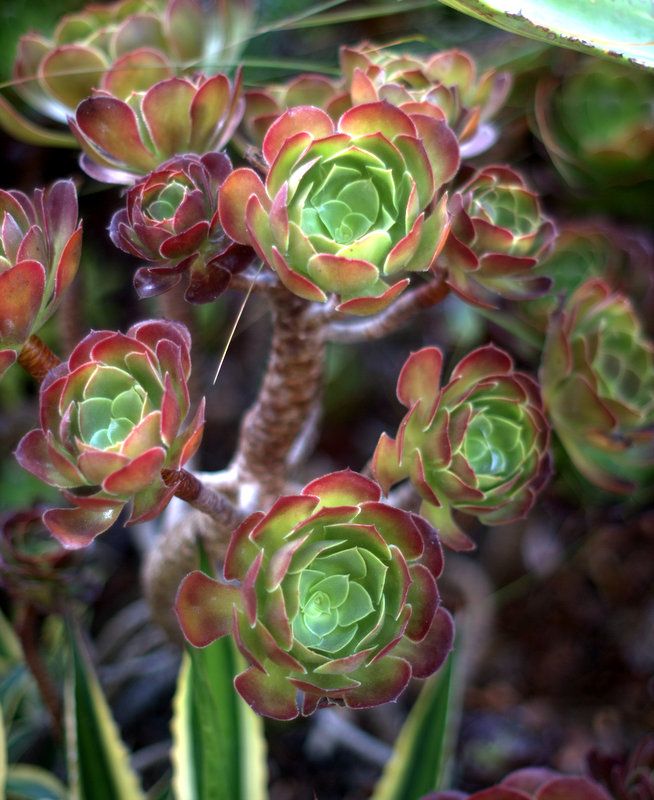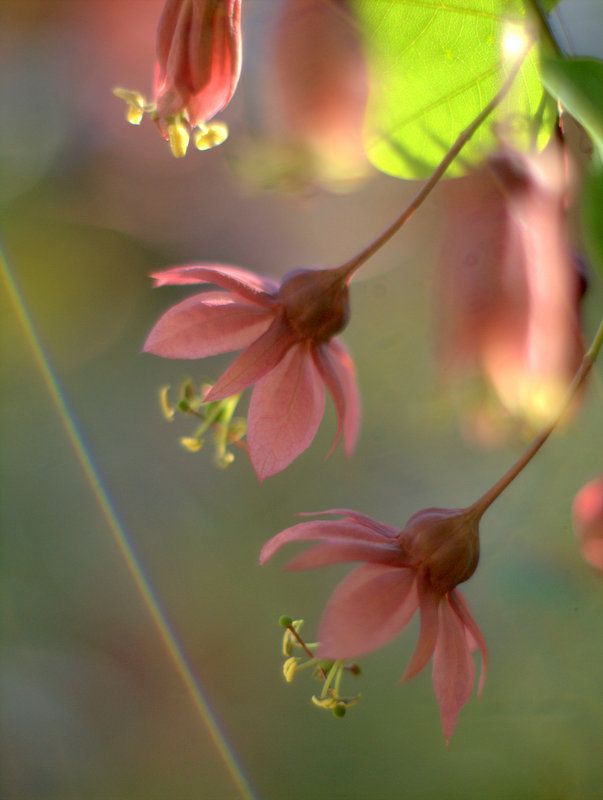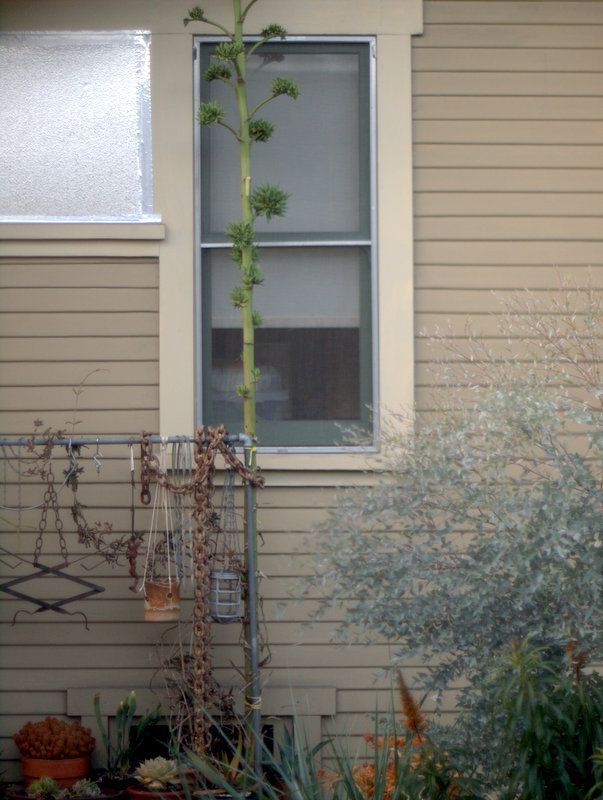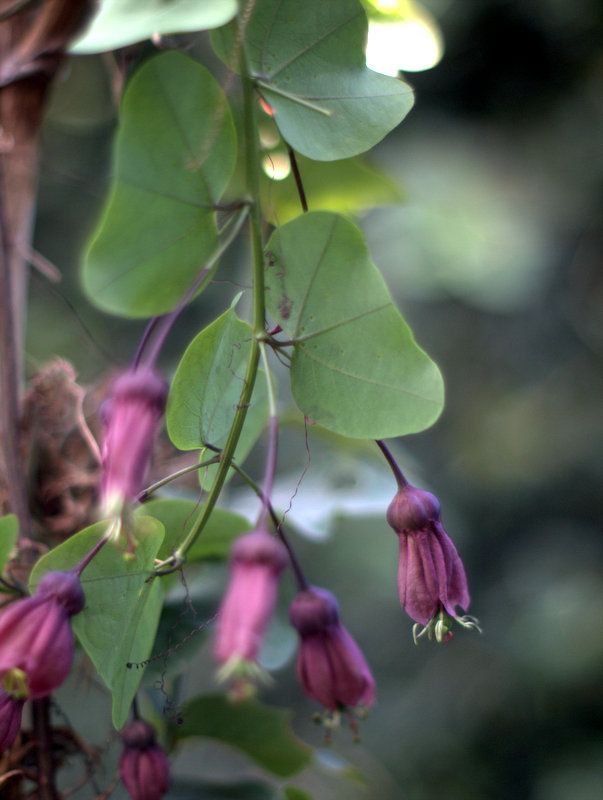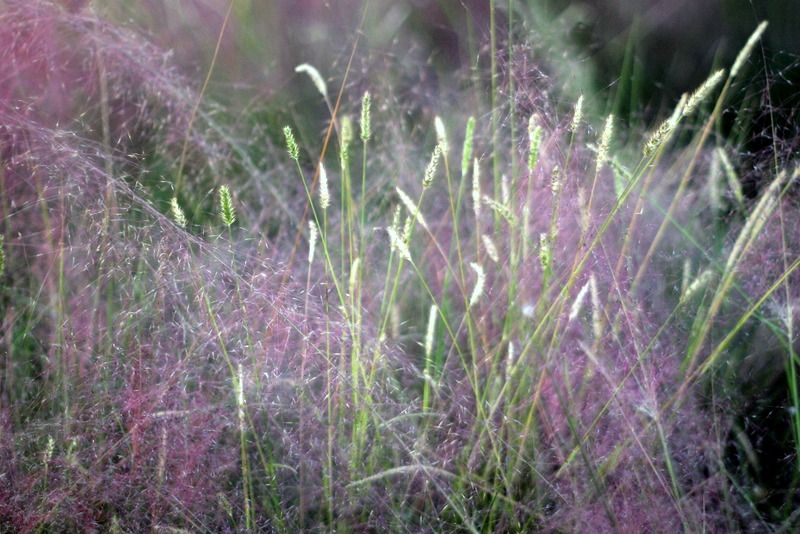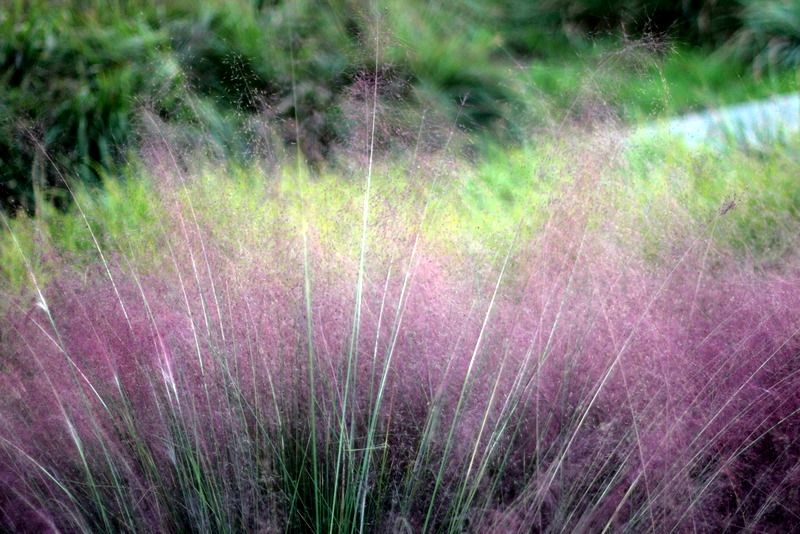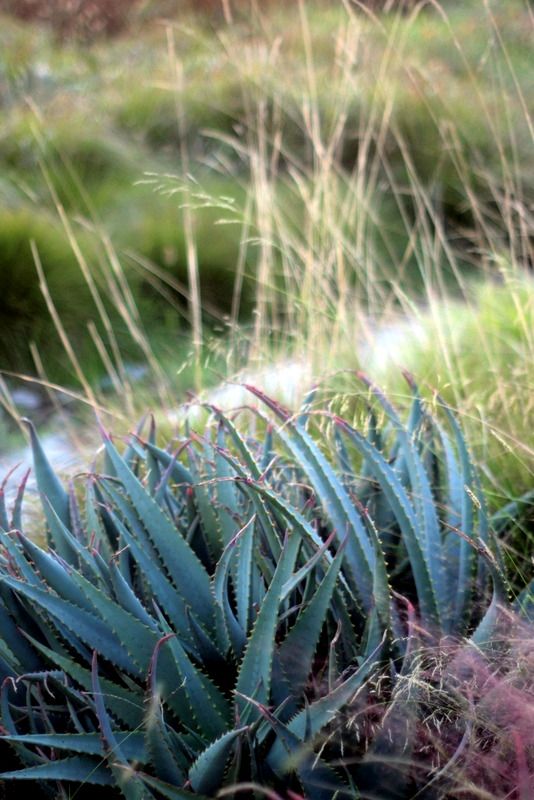That makes two drizzly Mondays in a row. Did our collective obsession with California winter rain last year have the unintended and adverse effect of scaring it away? Drought does bring out magical thinking in me. I’ve given up on rain, don’t watch the forecasts anymore, which is clearly the preferred method for success. So I will continue my cunning campaign of giving no thought at all to winter rainfall, because this stealth approach seems to bring out the clouds. When it does drizzle in autumn, I reflexively greet the rain with my old elementary school advisory, those profoundly impactful words “rainy day schedule.” Which meant we remained in classrooms waiting for final dismissal rather than playing dodgeball out on the tarmac. Instead of our hooligan jubilations at being relatively unsupervised outdoors, the swishing sounds from the heavy cotton layers of the nuns’ habit, the rattle of the long rosary at their sides as they prowled the aisles, pencils dutifully scribbling at homework, and rain spattering at the casement windows would continue to be the hushed soundtrack to our desk-bound lives until the clock struck three. (I’ve checked out those huge rosaries at flea markets recently and was shocked at the hefty price.) Now at the sign of even modest drizzle, I say the words aloud ironically, “rainy day schedule,” because unlike my dodgeball days, they’ve become the happiest words I know. Not that I’m thinking about rain anymore or anything. What I am thinking about are big, jagged leaves.
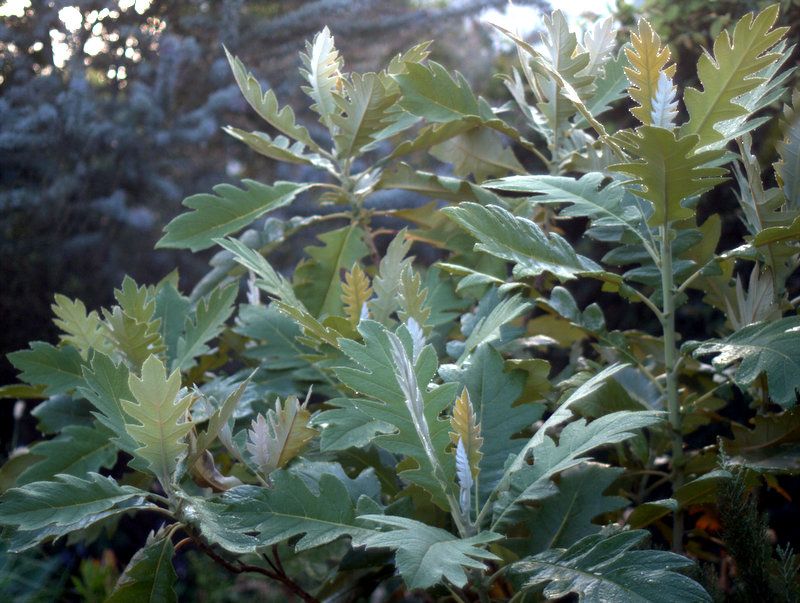
The bocconia came through summer beautifully on a semi-attentive regimen of drip hoses once a week, maybe every two weeks. Okay, sometimes I was reminded by its declining appearance to get the soaker hose going pronto, admittedly not the most rigorous irrigation schedule. But the soaker hoses sure beat carrying watering cans and moving the garden hose all summer (or, more often, failing to do so). And in the spirit of full disclosure, these photos were taken after some surprise light rainfall on October 17, and what plant doesn’t look good glistening wet?
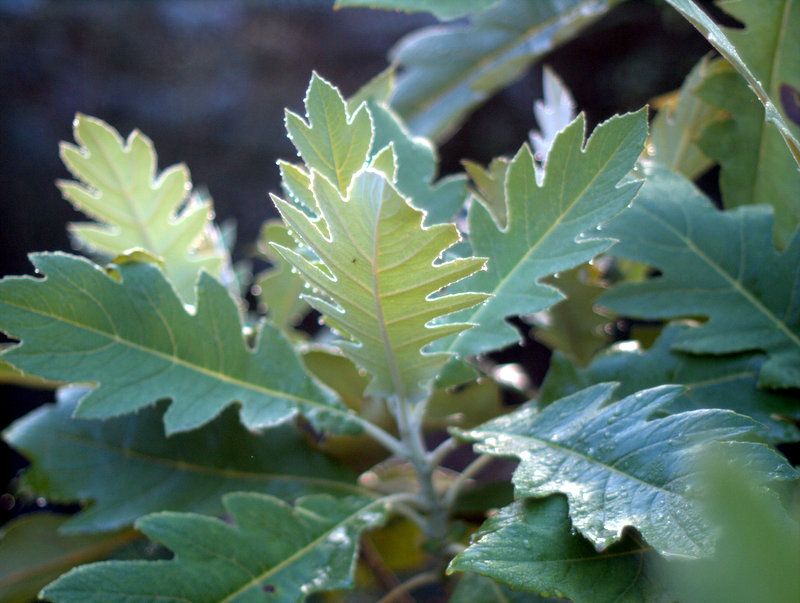
In my garden big, jagged leaves come from melianthus, tetrapanax, and bocconia. Two out of three are in the process of pulling themselves together after a couple recent heat waves. The third, bocconia, is resplendent this fall.
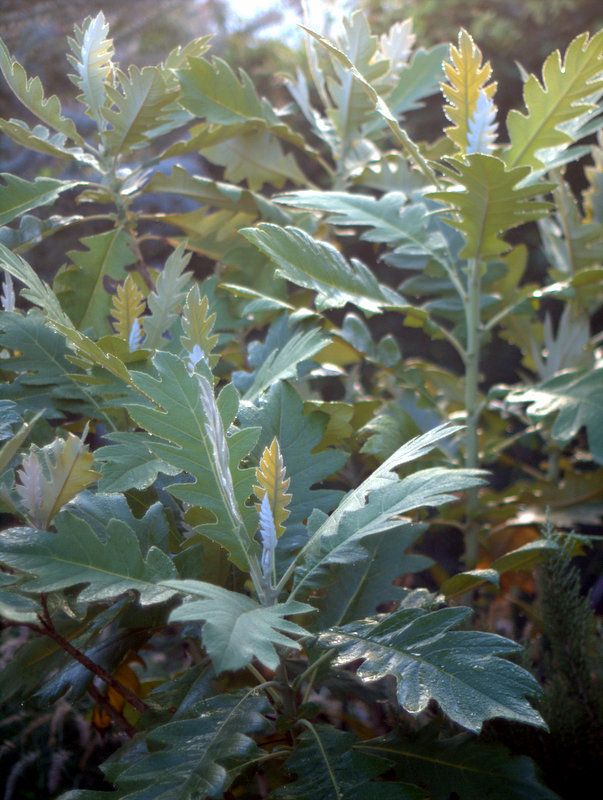
In full sun with lax summer irrigation, Bocconia frutescens starts to look a little puckered by August, and seems to drop leaves more freely than usual. Adding drip hoses this summer and more reliable irrigation was obviously the preference of all three. The bocconia and tetrapanax bloom in fall, the melianthus in spring. (Although San Marcos Growers has the Tree Poppy as a spring/summer bloomer.)
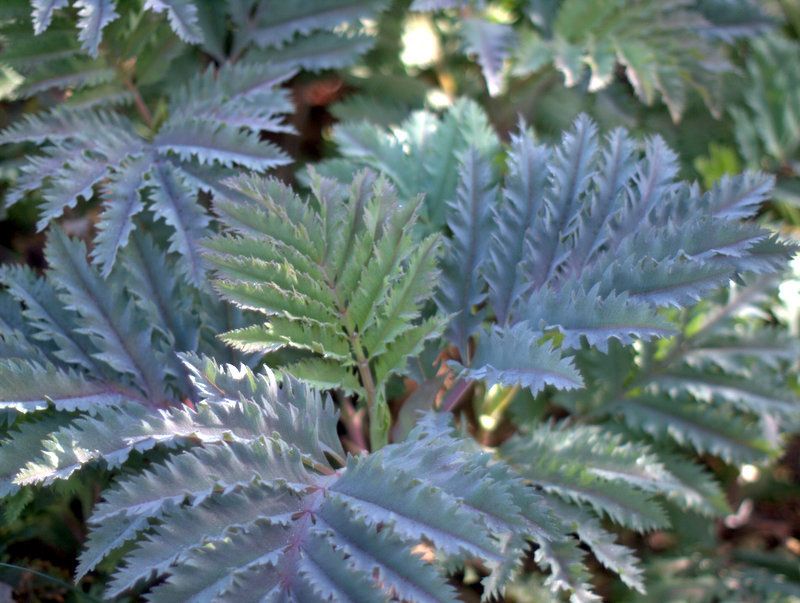
Melianthus ‘Purple Haze,’ February 2016
The cultivar from Roger Raiche, ‘Purple Haze,’ doesn’t try to bloom at all, which is fine with me, and it has lived up to its reputation as a compact melianthus, becoming no larger than a robust Jerusalem sage or phlomis, an important consideration for me because the species is a lanky giant here. I do think ‘Purple Haze,’ because it is less vigorous than the species, requires more summer irrigation than the species to look its best, and of the three plants discussed here the melianthus is most reliant on irrigation.
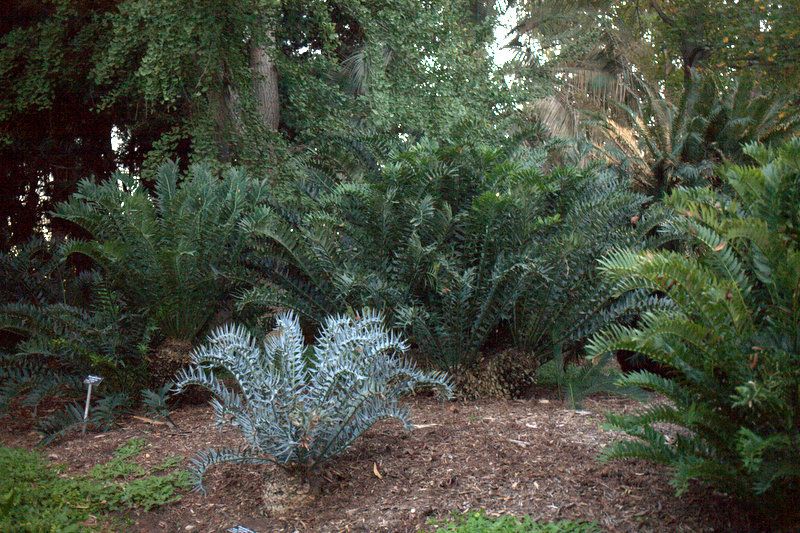
cycads at the Los Angeles County Arboretum October 2016
I’ve been mulling over a list of similar contenders for a semi-dry, full sun summer garden in mediterranean climates. I’m thinking more on a herbaceous scale or smallish shrubs. Acanthus is a classic contender, of course, but A. mollis needs afternoon shade, and I’m just becoming familiar with other acanthus species for hopefully full sun. Macleaya, the bocconia’s herbaceous relative, has fabulous leaves, bigger, less jagged, more scalloped. Ricinus communis, the castor bean plant, especially in its darkest form ‘New Zealand Purple’ makes the list. The cabbage palms, cussonias, do eventually grow into trees here, as do the manihots and loquats. I’m hours away from ordering a fig, Ficus afghanistanica ‘Silver Lyre,’ from Cistus Nursery, if I don’t talk myself out of it again for the umpteenth time. Ultimate size will be an issue with the fig as well. The dandelion relative, sonchus, is an intriguing possibility. I’m trying out a new one, Sonchus palmensis, in a stock tank. I suspect if I had provided more reliable summer irrigation to other sonchus I’ve grown, like S. congestus and canariensis, I might have had better results. Cycads are a possibility, and you won’t need to worry about summer irrigation when they’re established, but you will need to set up a cycad investment fund right this moment if you hope to procure a nice specimen one day. Same advice for adding some specimen palms, like the Blue Hesper Palm, Brahea armata.
Bixbybotanicals suggested artichoke, which I’ve never tried in the ornamental garden, nor cardoons.
Any other suggestions are most welcome.
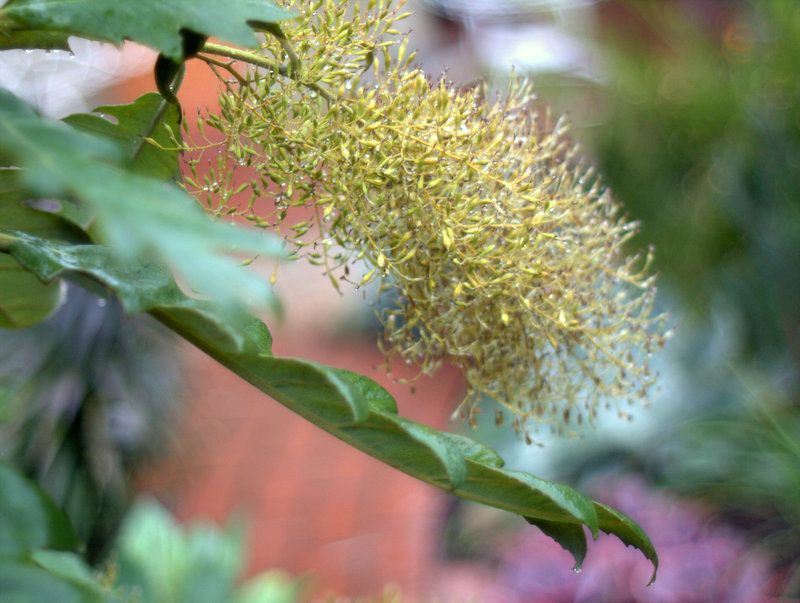
Bocconia bloom panicle January 2015
There might come a time when I have to forego such charismatic plants, those with idiosyncratically jagged leaves that sculpt the garden with their exotic presence and need just a little help getting through summer, sometimes what seems like an endless summer now, rain-wise. You’ve got to be light on your feet these days in keeping a garden.

Tetrapanax, December 2014.
The tetrapanax is budding up some enormous flower buds surrounded by crisped new leaf growth that was burned in the heat wave a couple weeks back, when we reached 106 (September 26).
Can’t we have a brief intermission from setting records all the time?

Despite the welcome drizzle, hot and dry is predicted for the overarching, foreseeable future. Still, it’s no time to throw in the trowel. The right plants are out there.
I hope you enjoy our rainy day schedule the next couple days.
